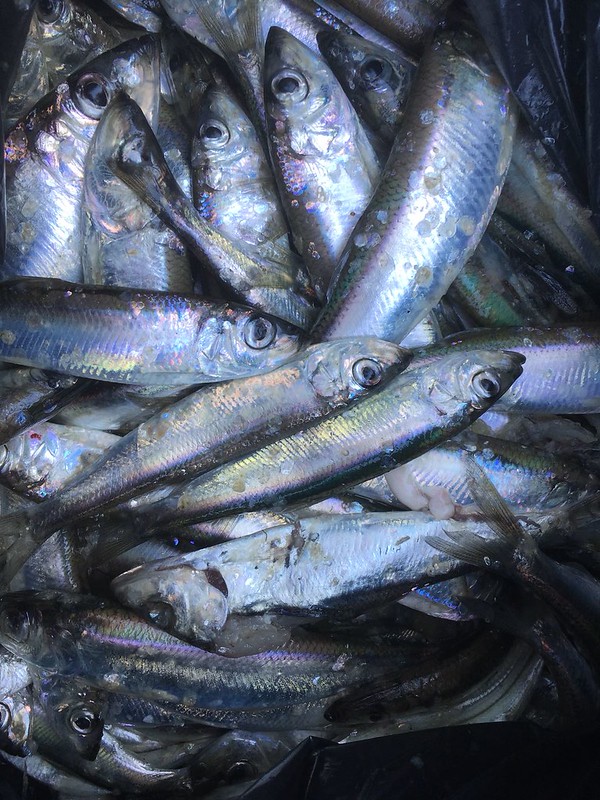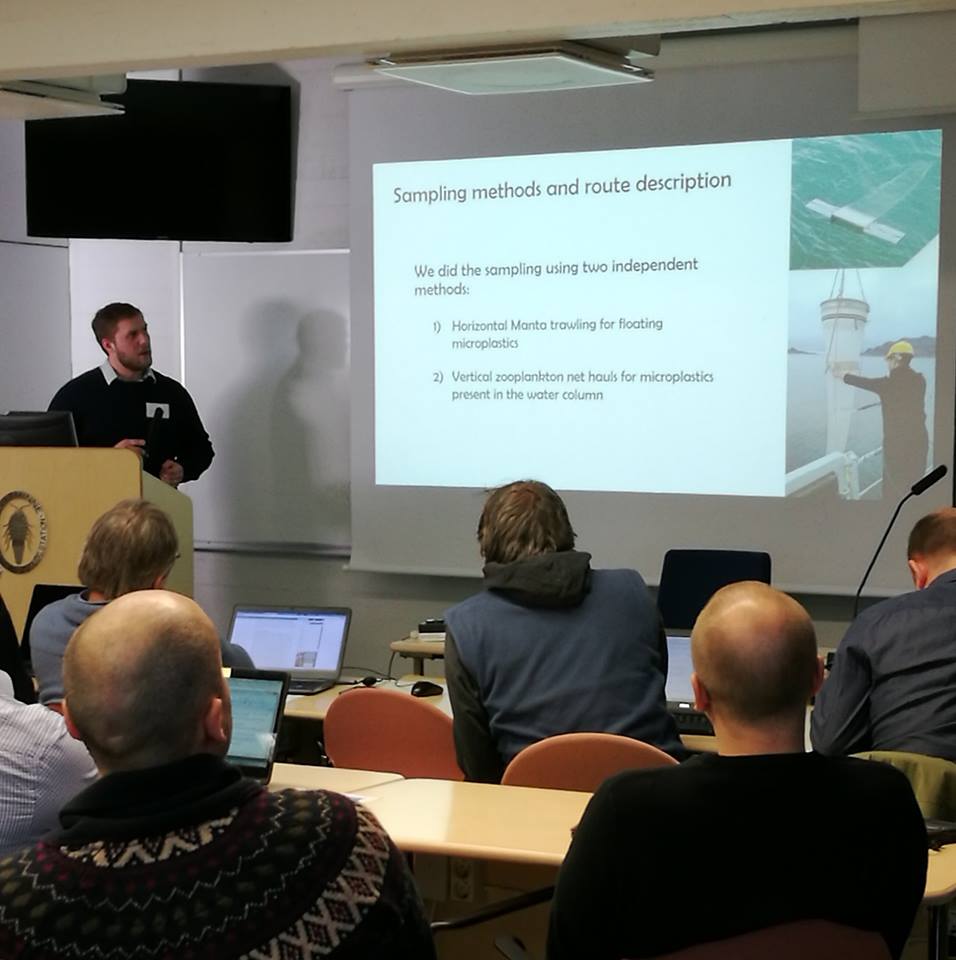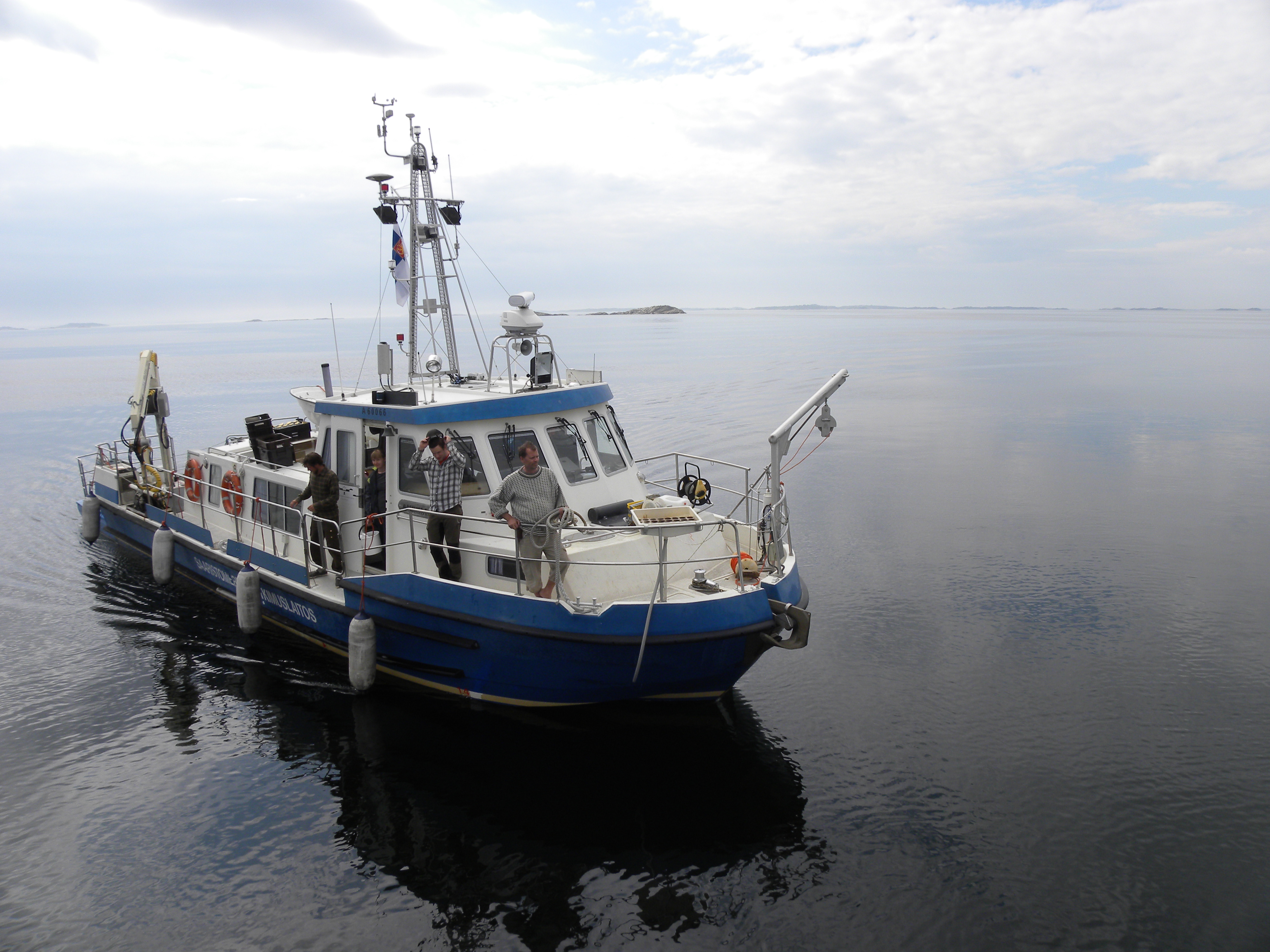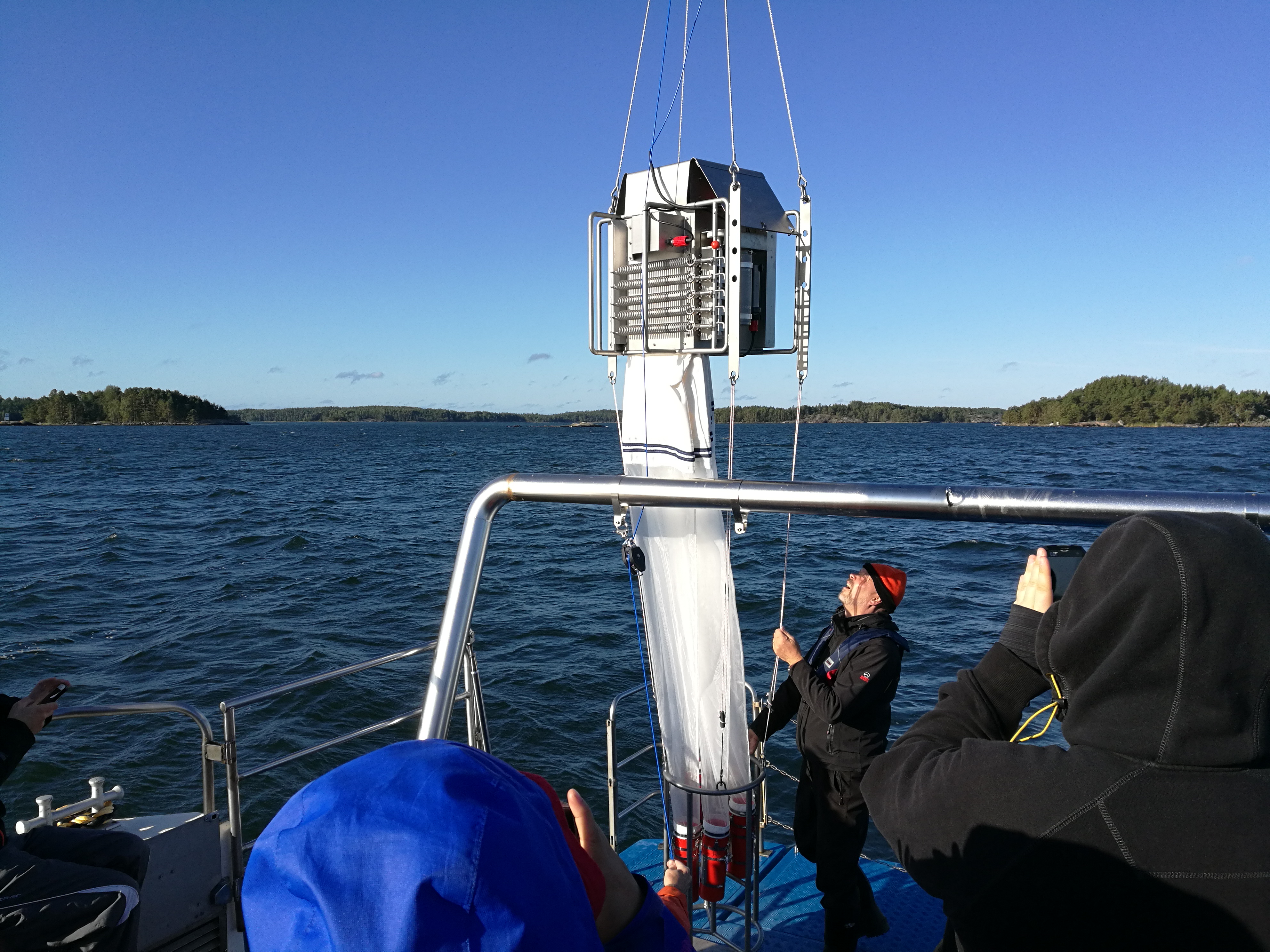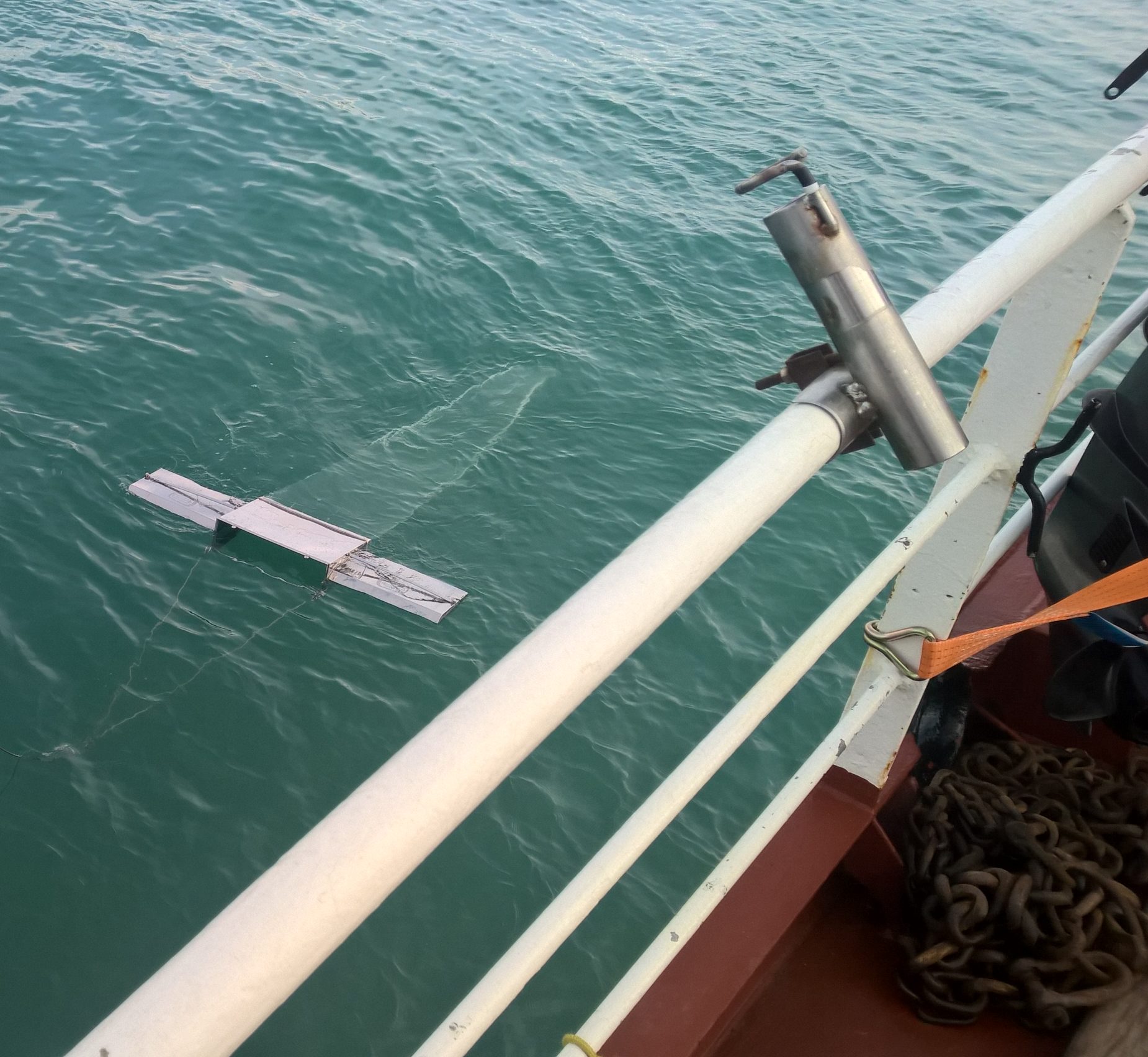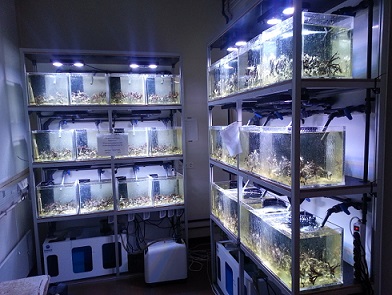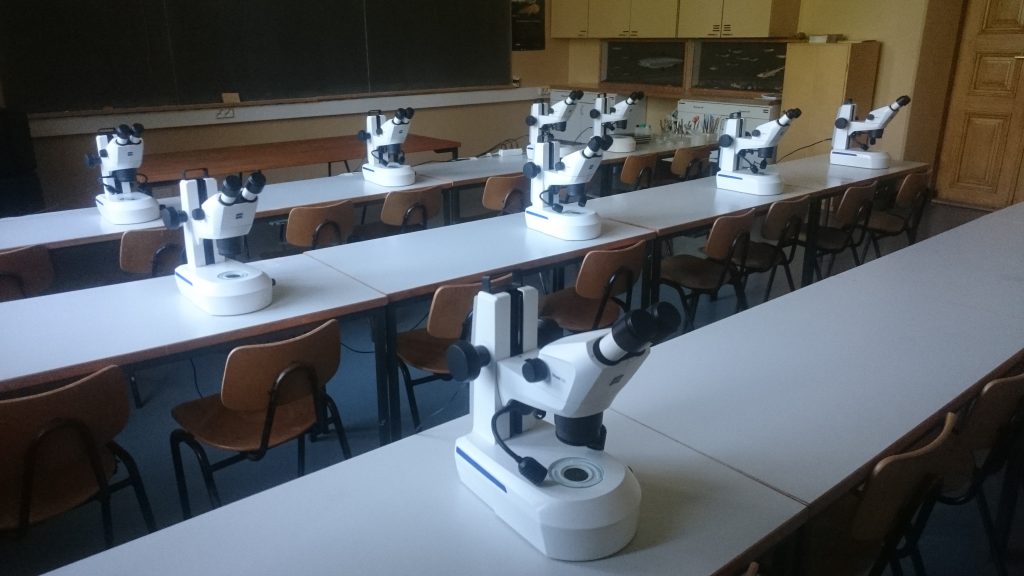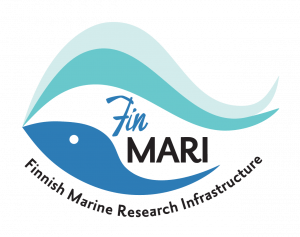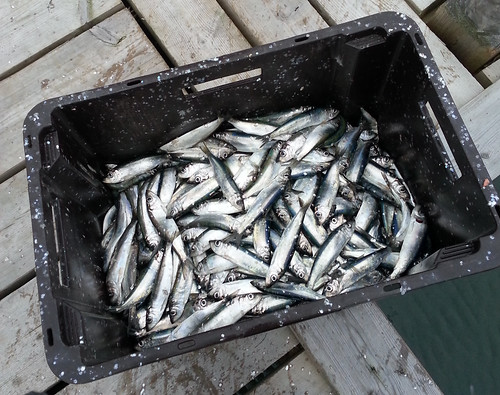Some of the most frequently asked questions we get is “What is it like to work and live in Seili in wintertime?” “What do you do in Seili during winter?” and “How can I travel to Seili in winter?” The institute has operated in Seili year round since its beginning and our actions are generally governed by the busy summer field season and the more peaceful winter season.
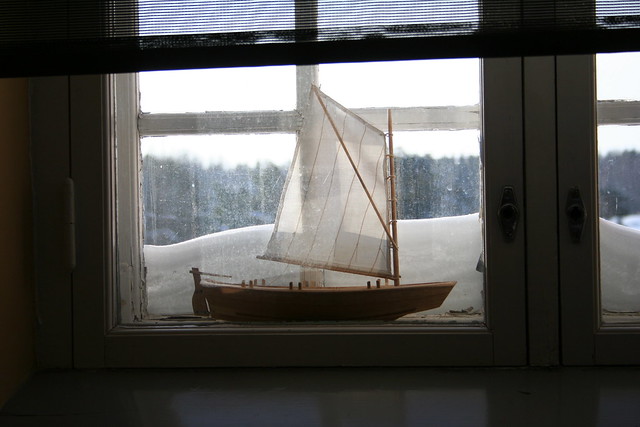
When summer turns to autumn and winter and the ferry m/s Östern, operating between Nauvo, Seili and Hanka, ends its summer season, we turn our focus towards the upcoming winter. Even though the weather might still be sunny and warm, the approaching winter season is obvious as one by one the summer employees leave the island and visiting researchers end their field work and experiments for the year. What remains is the core group that takes care of the infrastructure.
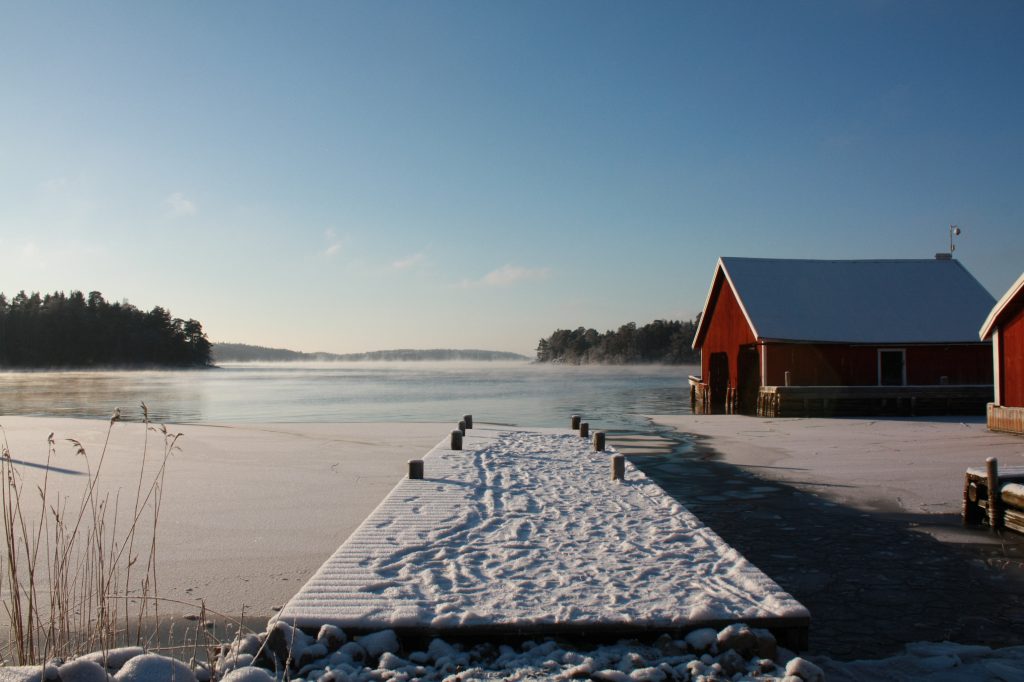
As things slow down on the island, the University campus is starting the new academic year, which means that the number of university board meetings etc. increases exponentially. For this reason, a part of our staff move their office for the winter to the Turku university campus area (Matthias-building) and work in Seili only occasionally.
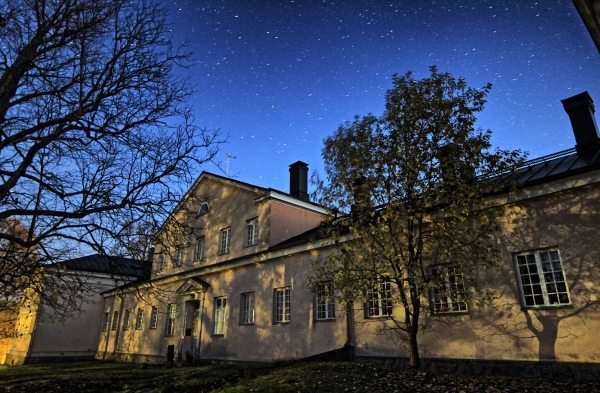
A great weekend getaway for photographers and astronomical enthusiasts. The city lights won’t bother you here, but instead, pack a headlamp.
For those who work in Seili full-time year round, the wintertime is devoted for maintenance tasks. During winter, sampling equipment are inspected and, if needed, repaired and calibrated, and lab stores are refilled for the next summer. Our service men, Pete and Kari, also take the Institute’s vessels and boats out of water and make sure they are ready for the next season. This winter, there are also several renovations going on, something new is under construction..

The lights at the workshop don’t go out in winter. The peaceful wintertime is devoted to maintaining the infrastructure at Seili.
In autumn, some of the sampling programs, like the moth monitoring, end when the temperatures fall below 0 degrees. One of last big sampling efforts is the fishing of herring for The Finnish Radiation and Nuclear Safety Authority’s (STUK) monitoring purposes. The water quality monitoring, however, is continued year round, and every ca. 10 days the Institute’s preparator, together with Kari or Pete, travel to the sampling point, located north of Seili, to take water samples and measure the temperature and salinity of the water column. Every month, zooplankton samples are also collected. The wintertime sampling is mainly governed by ice and wind-conditions, but usually only during rasputitsa the monitoring cannot be continued as it is not either possible or safe to travel to the sampling point with a boat, snowmobile or hydrocopter.

Sampling in winter 2006. Exceptionally, the trip from Seili post jetty to the sampling location was done with a hover craft.
It is easy to travel to Seili even in the wintertime. After the summer season, a public ferry, m/s Falkö operates between Nauvo and Seili. The biggest differences is in the timetables, in winter, it is possible to travel to Seili and back only on Tuesday, Wednesday and Friday. The ferry ride also needs to be booked at latest the day before. This winter, the Nauvo guest harbour is also under construction and thus, the ferry operates from Keso shipyard in Ernholm, Nauvo.
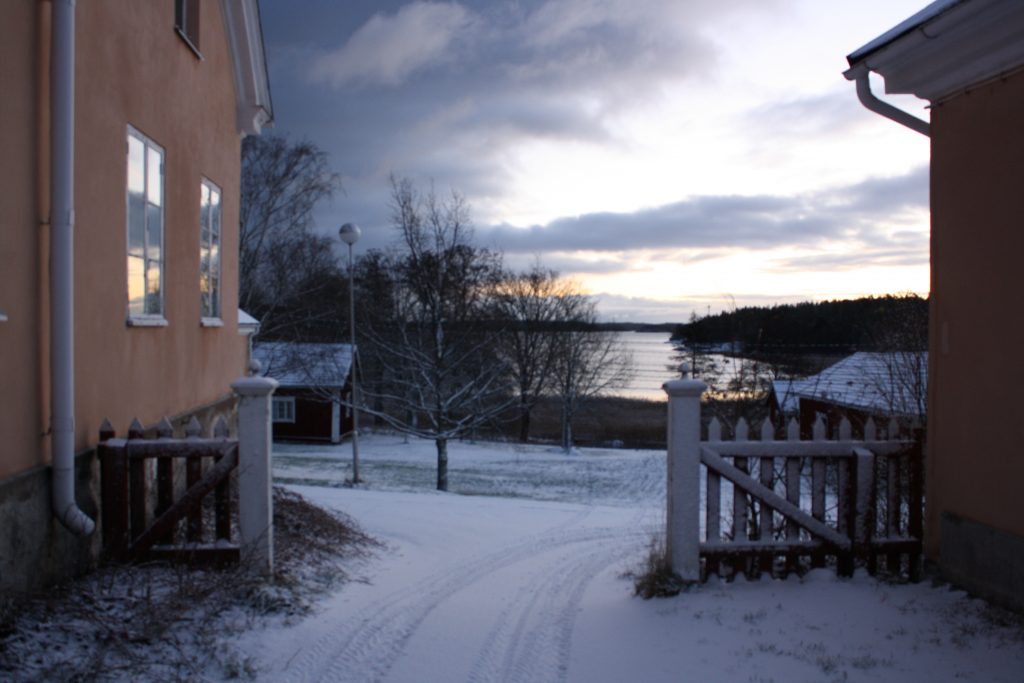
Interested in traveling to Seili in winter, but the ferry timetables don’t fit your schedule? We offer transportation services year round. More information and price list here.
